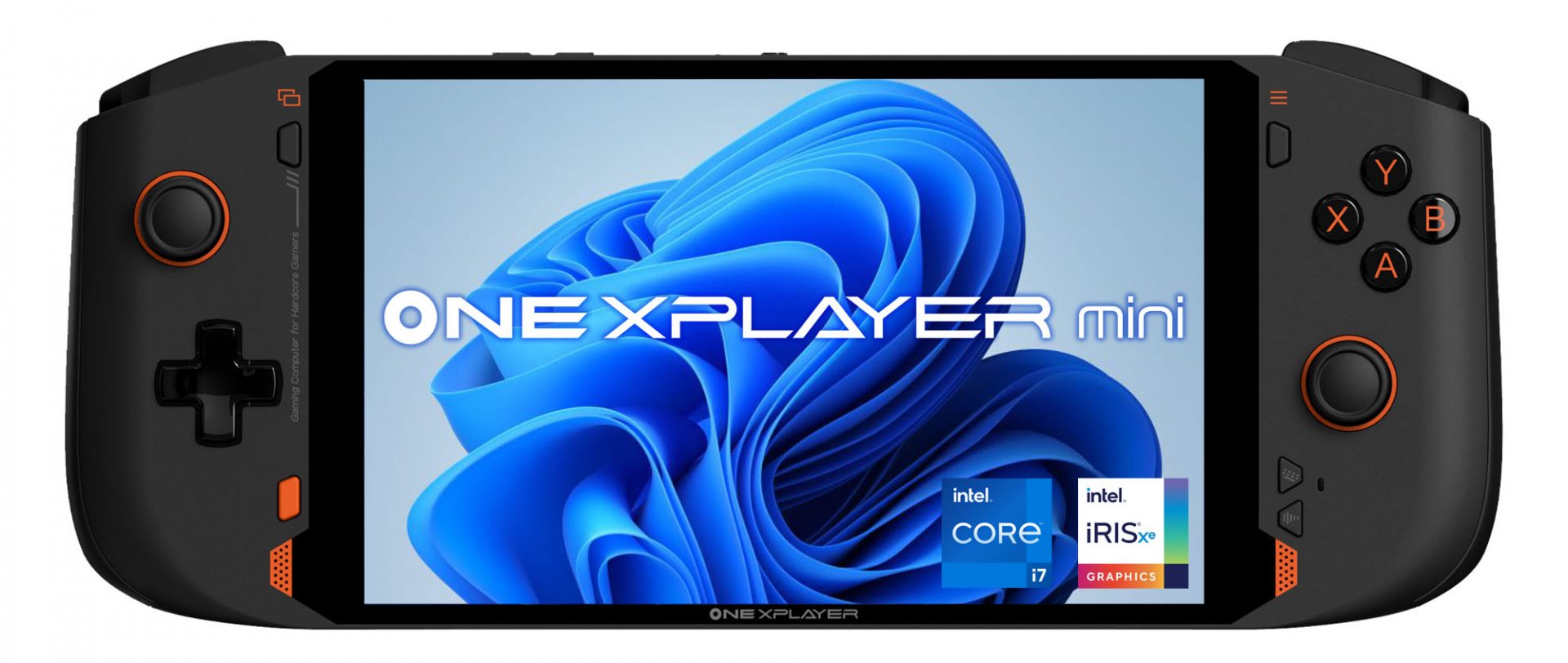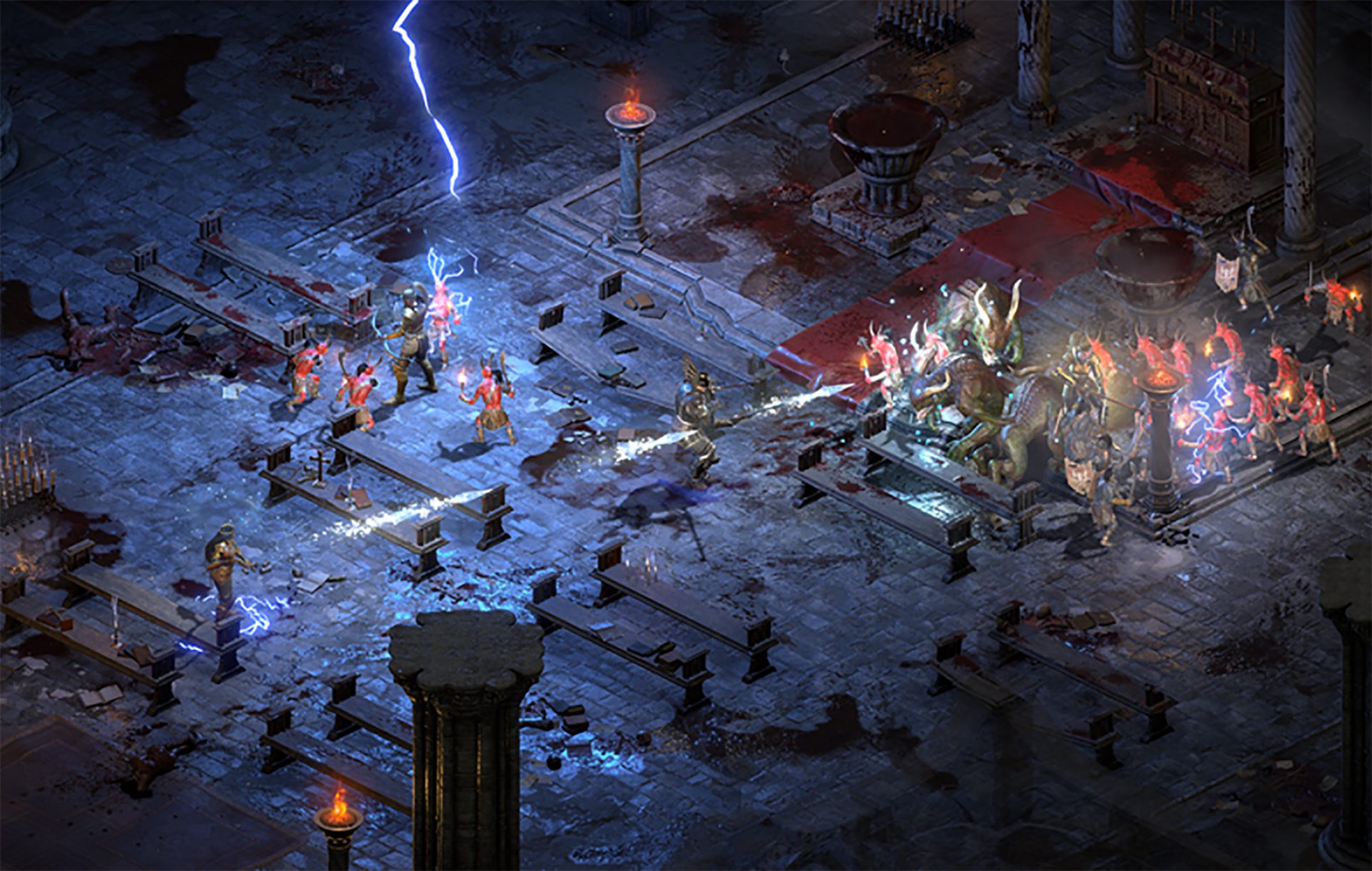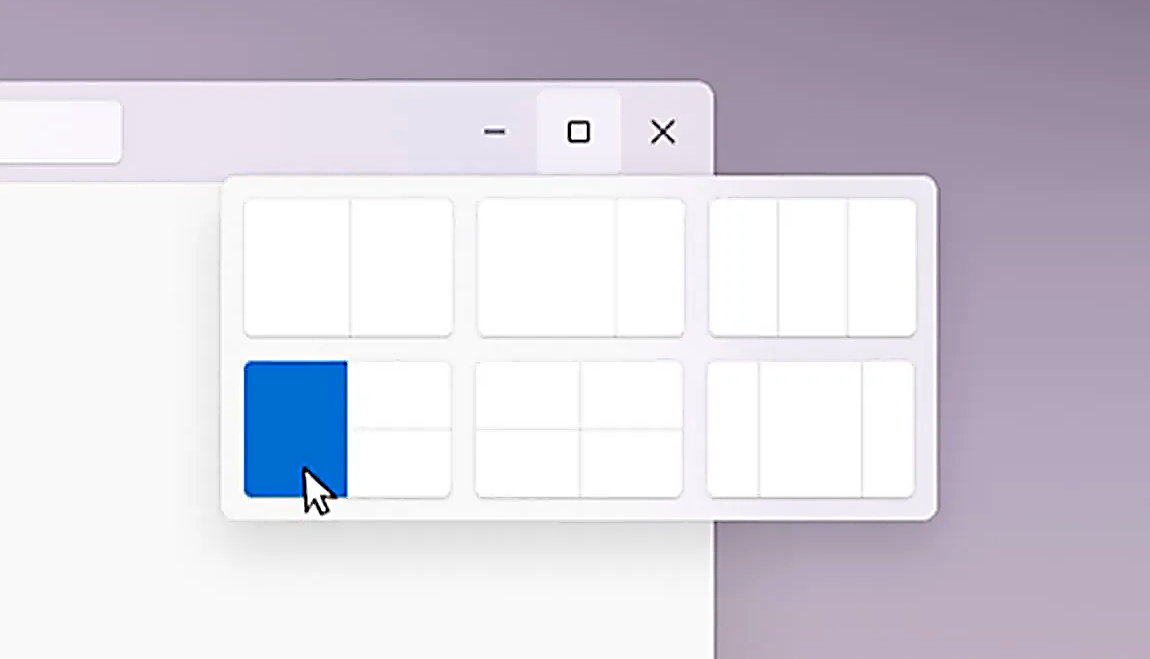Error 115 - What is it?
Error 115 is a type of GameGuard redundant execution error. If you have GameGuard installed on your PC, then you will most likely experience this error code.
GameGuard is basically an anti-cheating robot toolkit developed by INCA Internet.
It is installed to block possibly malicious applications and common methods of cheating on multiplayer online role-playing games. But at the same time, this software is infamous for error pop-ups.
Error 115 is displayed on the Windows screen when a game has been executed multiple times or you have left the game running without logging out. Error 115 is displayed in the following format:
GameGuard Execute Error: 115
‘There are multiple events of game execution or GameGuard is already running. Close the game then try again.’
Solution
 Error Causes
Error Causes
The error 115 may appear on your Windows screen due to multiple reasons. These include:
- Multiple executions of the game
- Antivirus Conflict
- Firewall Conflict
- Registry Overloaded with Bad and Invalid Entries
This error may cause a great deal of inconvenience to you if you love to play multi-player role-playing games over the web like Blood Feud, 9Dragons, Phantasy Star Universe, and Alliance of Valiant Arms.
To avoid such inconvenience, it is advisable to fix this error immediately.
Further Information and Manual Repair
Here are some easy do-it-yourself methods to resolve the error 115 on your PC. These methods require no technical expertise.
Method 1 - Terminate the Game Already Running on Your System
To resolve the issue, hit ‘Ctrl+Shift+Esc’ to launch Task Manager. Here you will find a list of applications running on your system, terminate the gaming application to resolve error 115. If this doesn’t work, then restart your PC.
Method 2 - Disable Antivirus Programs or Firewall Temporarily
Sometimes this error may appear on your computer screen because of antivirus or Firewall security conflict.
These programs often block gaming applications and software like GameGuard and because of that, you are unable to play online games on your system. To fix the issue, try disabling these programs on your PC temporarily.
Method 3 - Clean and Repair the Registry
The error 115 may also occur because of the registry issue with Symantec. Follow these steps to enable the game to run:
- Go to your start menu then find Run then write Regedit.
- Find HKEY_LOCAL_MACHINE. To proceed, go to SYSTEM then CurrentControlSet, and then Services.
- Look in the list for SysPlant and click it. Then look for the word 'Start', right-click on Start, and select rename.
- Rename 'start' to 'DWORD: 00000004’ then close Regedit and reboot your PC to activate changes.
Method 4 - Download and Run Total System Care.
This process can be slightly tricky and a bit time-consuming. Therefore it is advisable to download Restoro.
This is a cutting-edge, easy-to-use PC Fixer deployed with a powerful registry cleaner. It removes all the unnecessary files cluttering the registry like bad and invalid registry entries.
It fixes the damaged registry and enables it to resume back to its normal functioning.
Click here to download Restoro.


 Hardware under the hood
Hardware under the hood Speaking of old players of old Diablo 2, they can transfer their old characters into remaster and continue playing them within this new great HD environment. There are some steps and requirements but we are here to help and transferred characters will bring full stash, inventory, and equipped items with them.
Speaking of old players of old Diablo 2, they can transfer their old characters into remaster and continue playing them within this new great HD environment. There are some steps and requirements but we are here to help and transferred characters will bring full stash, inventory, and equipped items with them.
 Removing options all together
Removing options all together